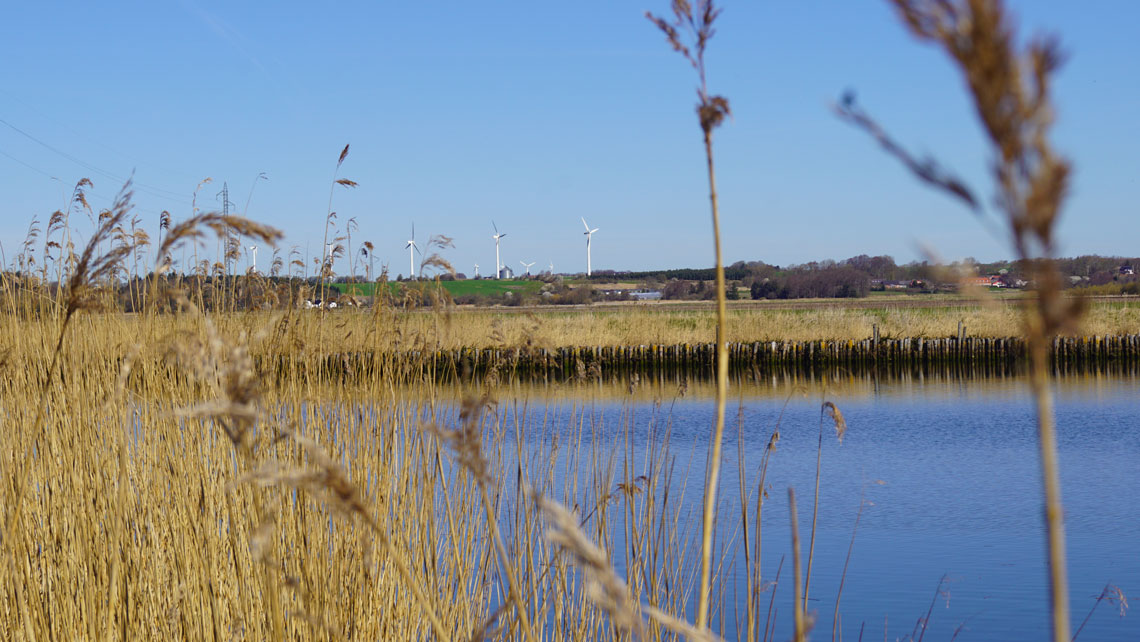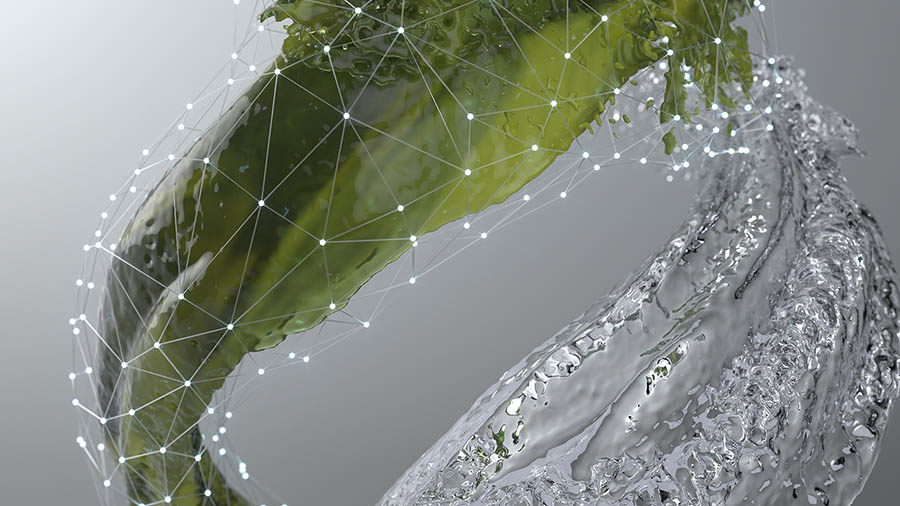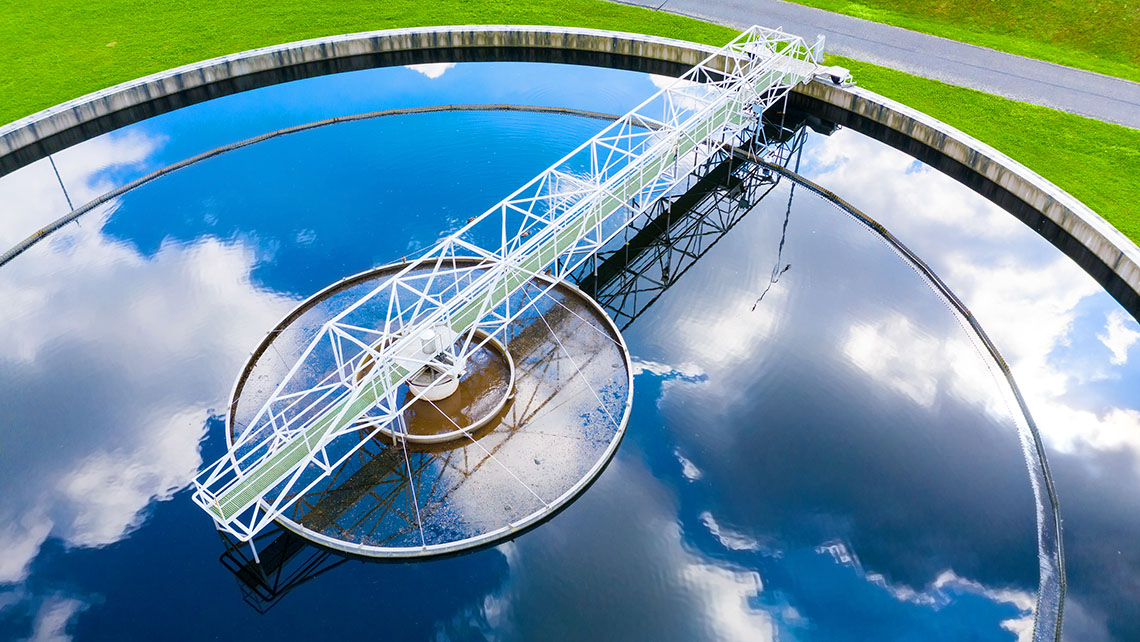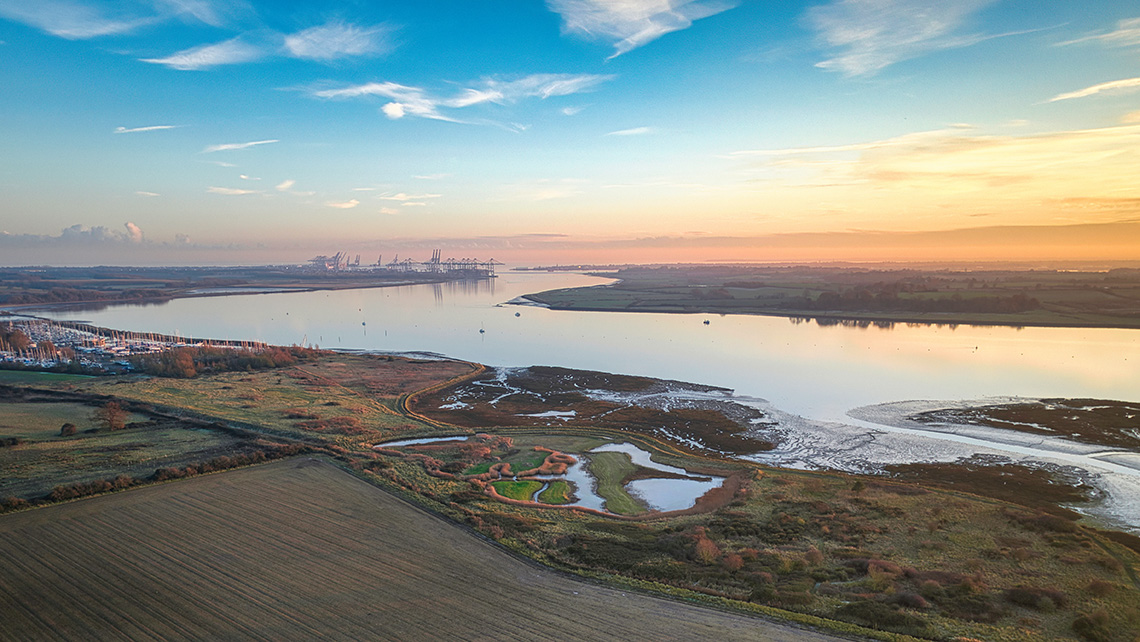In today´s world, with a population of around 8.2 billion (as of May 2025) it has never been more important to use, and re-use resources efficiently. Recycling is no longer a nice thing to do. As a matter of fact, it is a pre-requisite for many businesses to maintain profitability, and for our society to sustain a high standard of living.
Daka Denmark is the nordic part of SARIA Group, and manufactures quality products for animal nutrition, agriculture, aquaculture and industrial applications. Daka Denmark also produces renewable energy and provides services in the agricultural and catering sectors. Daka´s SecAnim division, focuses on residual products from agriculture and private animal husbandry. The philosophy is to give back natural resources safely, considering common veterinary safety and the responsible utilisation of animal by-products.
A very specific type of wastewater with constant variations
In it´s main plant near the city of Randers, the residues are collected and recycled for fertilizer production, energy products and biodiesel. The production process is water-intensive and requires constant monitoring, to ensure regulatory compliance and ultimately safeguarding the environment. The flow of wastewater is around 700 m3 on average per day, with constantly varying composition.
Kemira has been partnering with Daka for decades, supplying coagulants and polymers for their wastewater treatment process. With advanced, digital services available to enable round-the-clock monitoring, measurement and optimized chemical dosing, Daka managed to take their treatment process to the next level.
Tackle odor and corrosion, while cutting chemical consumption in half
One particular challenge, which is not uncommon in wastewater treatment, is the formation of hydrogen sulphide, also known as H2S. With its toxicity this colorless gas poses a serious threat, if not controlled effectively. Furthermore its odor of rotten eggs is extremely unpleasant, and the flammable gas has corrosive properties, so it can cause harm to exposed infrastructure.
We never had any safety-related incidents due to hydrogen sulphide levels, but we received occasional complaints from the citizens of Randers, when the wind carried nasty smells to town. Now, this is a thing of the past.
Kemira KemConnect® OCC is an automated solution to measure, monitor and control the formation of hydrogen sulphide with recommendations for optimized chemical dosing. Since the technology was inplemented, Daka managed to keep H2S levels at a constant level of 0,4 mg/l, which means no risk of intoxication and no upsetting odors reaching the nearby city of Randers. “We never had any safety-related incidents due to hydrogen sulphide levels, but in the past we received occasional complaints from the citizens of Randers, when the wind carried nasty smells to town. Now, this is a thing of the past”, explains René Vernersen, Environmental lead at Daka SecAnim. As an extra-benefit, the optimized dosing lead to a 56% saving in the consumption of ferric chloride.
Reliable phosphorus control to protect the environment
Another critical aspect is the control of phosphorus before discharging the treated wastewater into local waterways. Depending on the composition of residuals in the production process, the properties of the wastewater coming to the plant vary a lot. And so it is extremely challenging to maintain a stable treatment perfomance with a constant effluent quality. With the introduction of KemConnect® P, the dosing of phosphoric acid is adjusted constantly, according to changing process conditions. The phosphorus levels in the effluent are now kept below 0,3 mg/l constantly, avoiding damage to the sensitive wildlife in the Fjord of Randers into which the treated water is discharged.
Daka remains a forerunner in the sustainable use and re-use of resources, and continues to make constant efforts to optimize their processes, as the production increases. Just recently Daka SecAnim has successfully completed a trial with one of Kemira´s innovative renewable chemical solutions. If you are curious to learn more, subscribe to our insights and stay updated.



